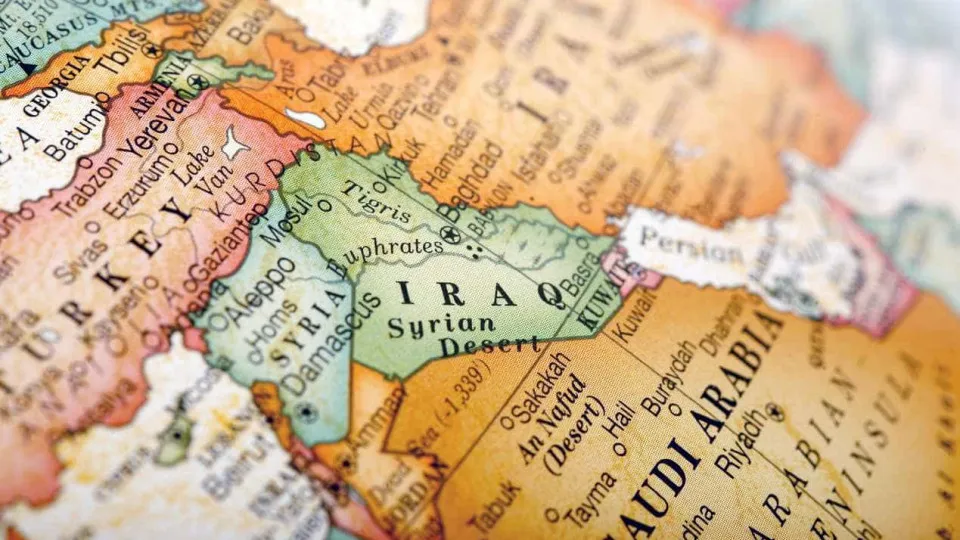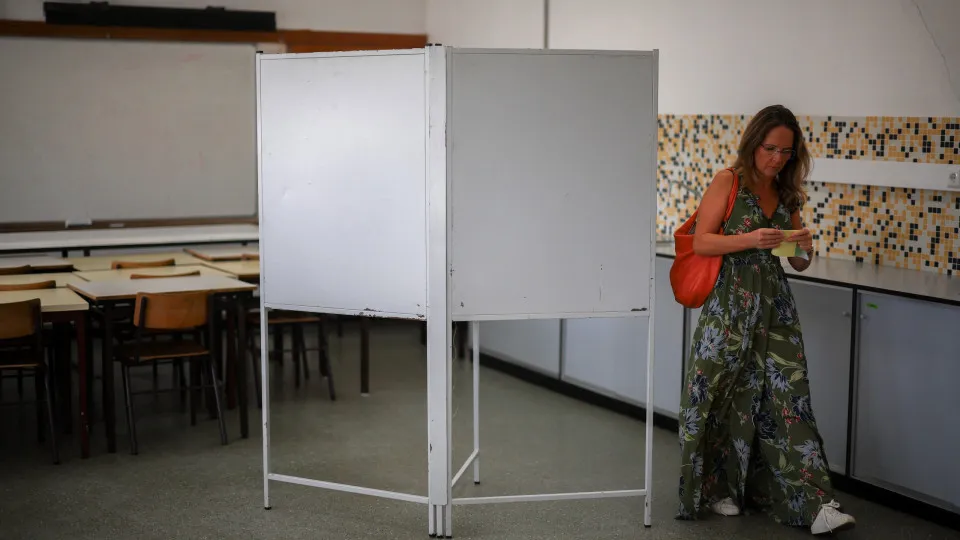
A recent discovery sheds new light on the early periods of Mesopotamia and the Zagros Mountains, enhancing the understanding of human occupation over millennia, particularly during the 4th and 3rd millennia BC, reported the University of Coimbra (UC) in a statement today.
The research took place under the Kani Shaie archaeological project, led by the Center for Studies in Archaeology, Arts, and Heritage Sciences (CEAACP) of UC, in collaboration with the University of Cambridge and the Suleimânia Cultural Heritage authorities.
During the 2025 excavation campaign, “an official monumental building was identified at the top of the artificial hill of Kani Shaie, possibly a cult space, dated to the Uruk period (c. 3300-3100 BC),” explained archaeologists from CEAACP André Tomé, Maria da Conceição Lopes, and Steve Renette.
According to the researchers, this period is named after the city of Uruk, recognized as the world’s first major metropolis, due to evidence of direct contacts between Southern Mesopotamia—where the city was located—and the mountainous regions to the east.
If the monumental nature of the building is confirmed, currently under detailed investigation, the discovery could “profoundly alter the understanding of the relationship between Uruk and peripheral regions, revealing that sites like Kani Shaie were not marginal, but rather central players in the processes of cultural and political diffusion.”
The international archaeology team also found a fragment of a gold pendant, “which testifies to displays of wealth and access to precious metals in an apparently peripheral community,” and a cylindrical seal from the Uruk period, an artifact linked to administrative practices, control, and legitimization of power.
The archaeologists also identified wall cones, decorative elements typical of monumental architecture, widely documented in Uruk, reinforcing the interpretation of the building as a public or ceremonial structure.
The Kani Shaie archaeological project has been ongoing since 2013, directed by André Tomé, Maria da Conceição Lopes, and Steve Renette, with CEAACP-UC researcher Michael Lewis as assistant director.
The team further involves other researchers from the University of Coimbra’s CEAACP, the University of the Algarve, and the University of Cambridge, along with technicians from the Iraqi Kurdistan heritage authorities and specialists of various nationalities.
This excavation campaign was mostly funded by the Foundation for Science and Technology and the University of Cambridge, with collaboration from the authorities of Iraqi Kurdistan’s heritage.




